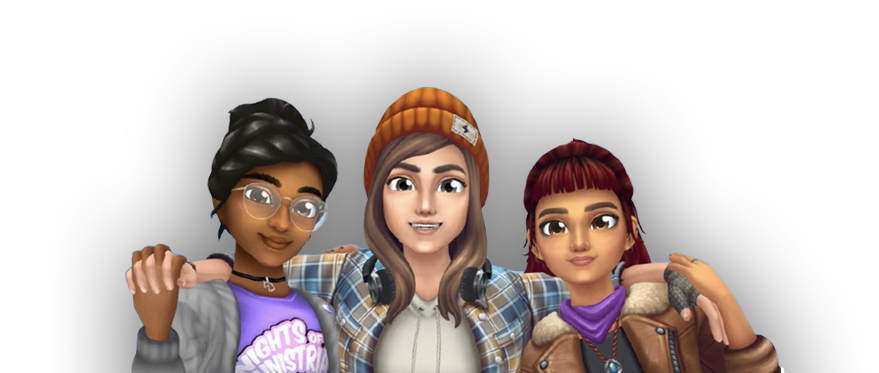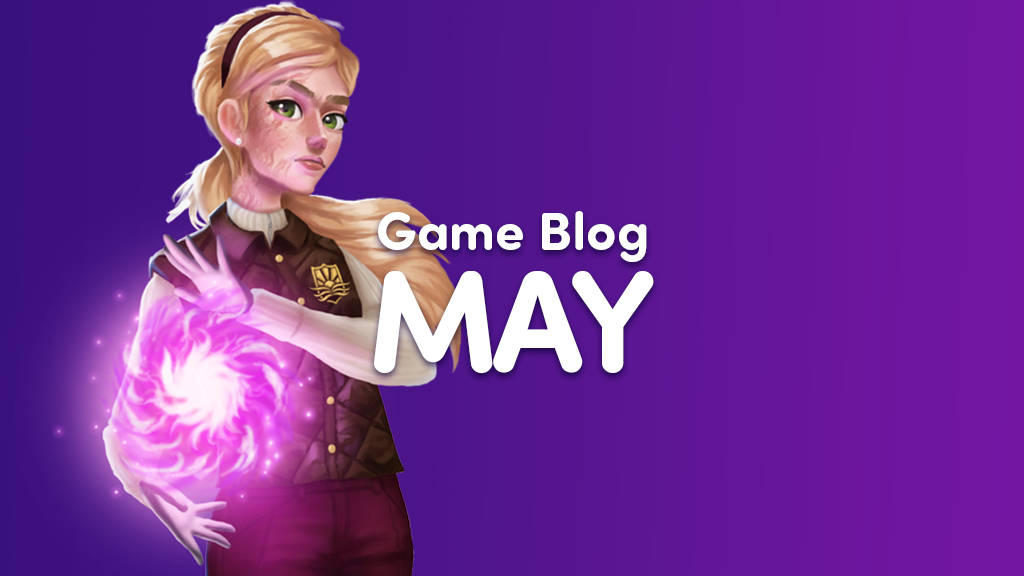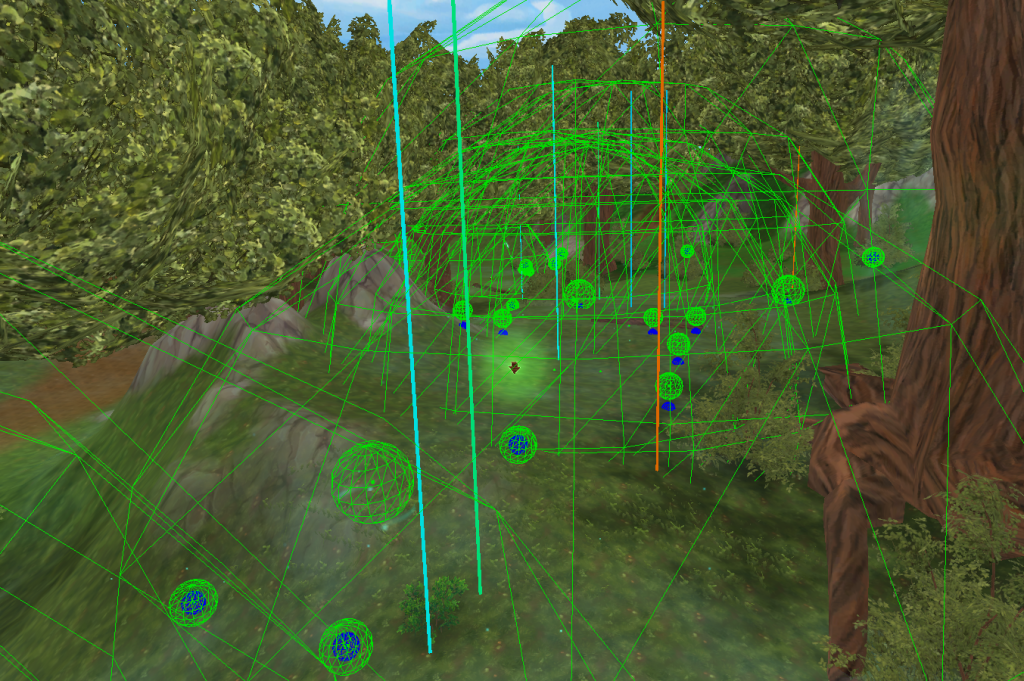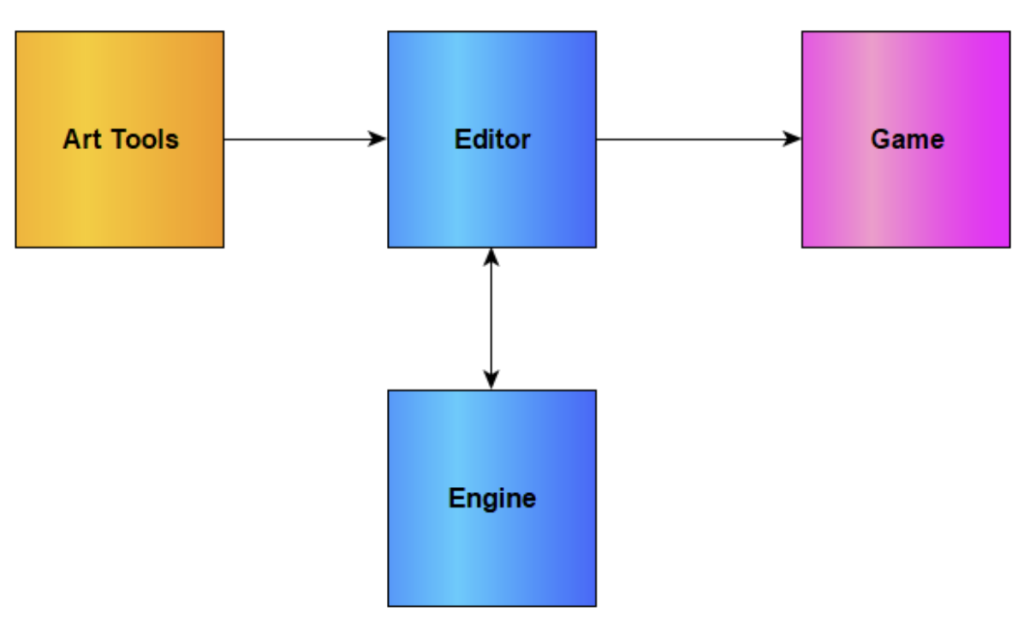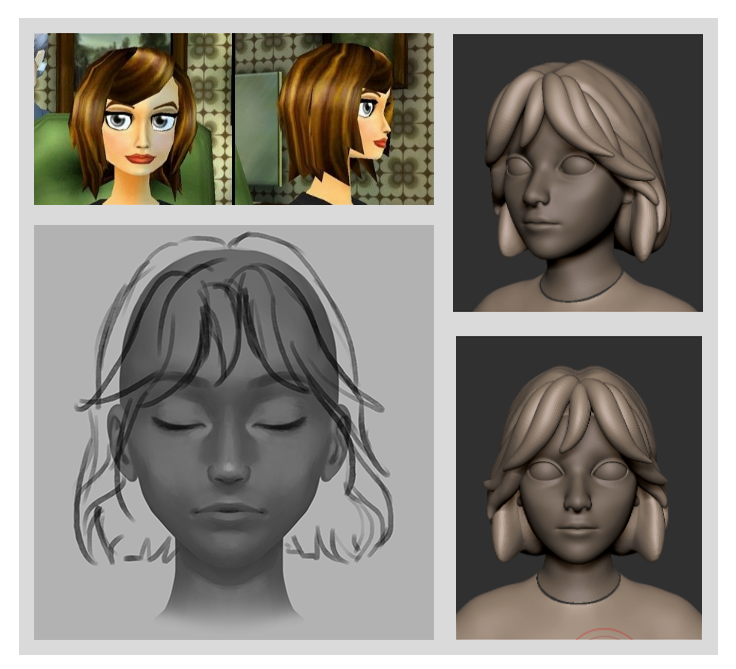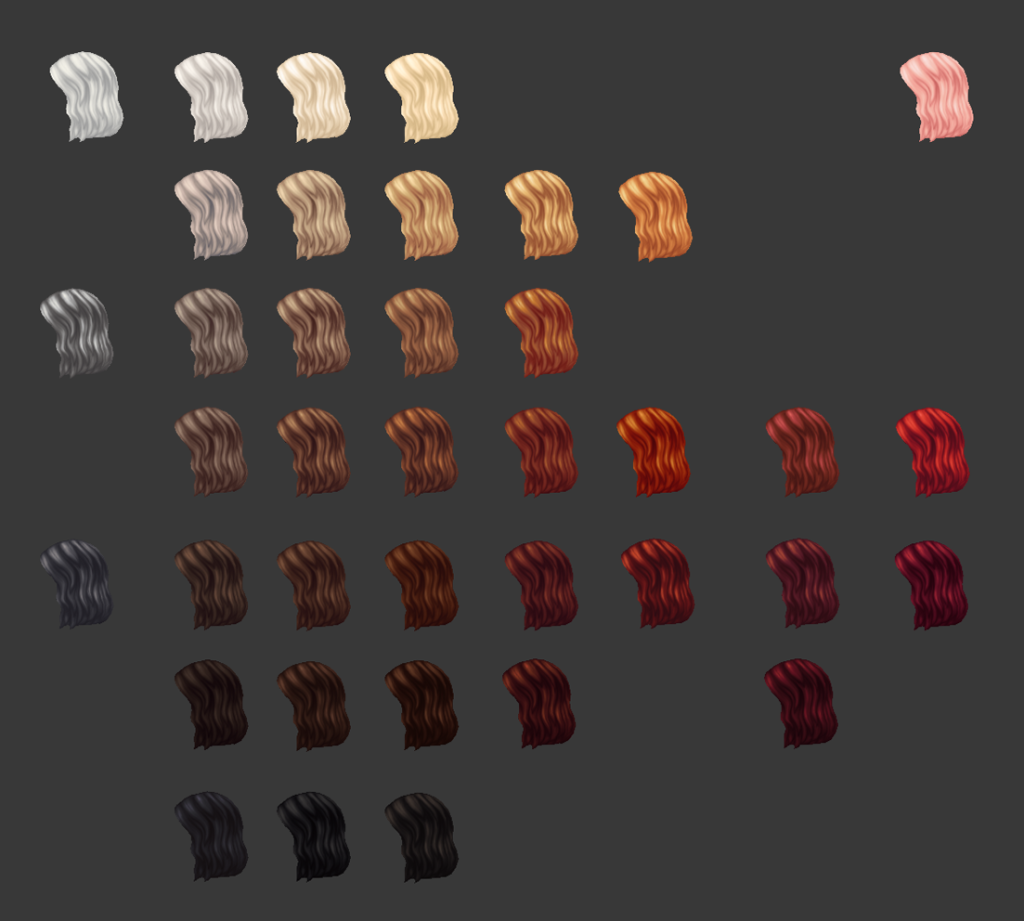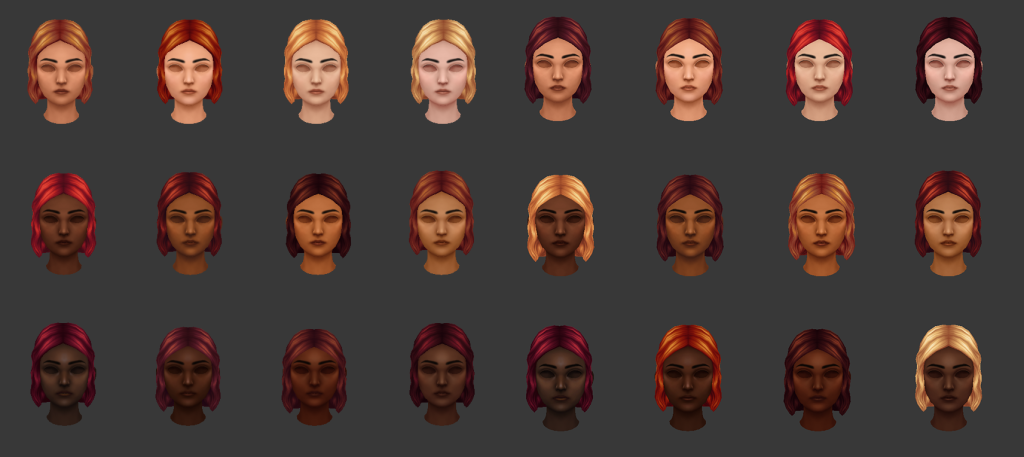Spring is here and we’ve got a new edition of the blog! This month our creative Game Designer Pablo Gadea, invites you to learn more about the development of Anne’s Quest. Followed by the talented duo of Todor Petrovski and Daniel Rahier, teaching us all about the game engine of Star Stable Online. Finally, our incredible Senior 3D Artist Evelina Foxberg, shares a fascinating look all about hair for the Player Character Update.
Lies diesen Artikel auf Deutsch!
On The Trail of Anne
By Pablo Gadea – Game Designer
Hello there! My name is Pablo, and I’ve been a Game Designer here at SSE for over a year. This time I’ll be writing about the development of the latest Main Quest that we released back in February. If you haven’t played it yet and don’t want to know what happens: Spoiler alert below!
Last November, another designer and I were tasked with developing the next Main Quest chapter. We knew how much anticipation there was around it and we were determined to deliver the best experience possible.
We received a draft of the general story the creative direction wanted to tell. Then, we asked ourselves: What is the player going to do? How long is this quest going to last? What kind of content can we add? Are we keeping a proper pacing? And most importantly: Is it fun to play? Due to time constraints, we quickly realized that the story would have to be told in two parts.
We identified the four main gameplay points for this story: finding Pi, gathering the ingredients, Pi’s transformation, and the race. A breakdown of the whole quest was made: the plot, the gameplay, the assets needed, implementation, risks, a backup plan, and how much time we needed to build it. This breakdown allowed us to lay out the quest so that anyone could imagine how it would play.
Sparing most of the technical details and keeping this brief, I’ll focus on the two main tasks I worked on: the transformation and the race.
Surprisingly, making the whole transformation took less time than I estimated! We went through a few iterations trying to answer many questions. Quick prototypes were made so we could see how it feels to play and make better estimates.
One of those questions, for example, was: “Should players drag items from the inventory?”
In this case, we decided to avoid placing the items on the inventory for several reasons: it takes more time to create, some players are already running out of space (we didn’t want to have them hold four more items!), we’d need to make icons for the items (increasing the game storage) and drag and drop can be challenging on mobile. There are a lot of constraints and factors involved in most of the decisions we make!
Now, let’s talk about the escape. It is a challenging race, a different flavor from what you are used to. Given the narrative with the Soul Riders being chased, we felt it was fitting for this race to be overwhelming, dangerous, and chaotic.
To emphasize this feel, we decided not to use signs at all during the race, which gave us one more challenge: How do we tell the players where to go? The moving obstacles turned out to be a pretty useful tool for this. The roots were used to point in the race direction, while the shiny obstacles marked the location of the path to take.
We went through several iterations, tweaking the velocities, times, positioning, and number of obstacles. The main goal was to make a crazy race that you could learn and beat. It was something new, both for you players and us. We were very happy with the result; it’s something that we can learn from and improve on.
In this picture, you can see a section of the race in our game engine: there’s a lot going on!
It still was an amazing learning experience, which gave us more insights to iterate and refine the gameplay for the future. For example, many of the things we learned on the Main Quest were used on the Sabine quest during the Equestrian Festival.
I really hope you had fun playing the quest. Let me finish by saying that we truly appreciate all the feedback and opinions you leave on our channels. Learning what you liked, what you didn’t like, and why is very helpful to us as we strive to build great quests!
Which brings us to the next Main Quest…
Be prepared to learn more about the mysterious force pursuing Anne and who or what might be its source. Meet up with some old friends you’ve not spoken with in a long while, and maybe, just maybe, even venture where you have never been before. Other than that, I will just say that I couldn’t be more excited about what’s to come. You’ll need to wait a little longer until it’s released, but you can look forward to it around the end of summer!
The Story of Our Engine
By Todor Petrovski & Daniel Rahier – Engine Tech Lead & Tools Tech Lead
More than ten years ago, a group of enthusiasts gathered together with an idea of creating a multiplayer horse game for girls and young women which would provide a magical storyline alongside a horse riding experience.
To create a game, you need two major components, the Game Engine and an Editor (plus related tools). The Game Engine is a computer program responsible for handling the user input, making decisions based on it and gameplay logic, and producing output in the form of video and audio. The Editor is a set of computer programs used by the game designers and artists so they can create all the assets and game logic data used by the Game Engine.
Back then, there were no commercial Game Engines available that were specialised for MMOs (and there still aren’t any), so in order to release the game we decided to create our own. Today we still use the same technical foundation for the engine, but we are constantly improving the core and adding new functionality in line with where we want to take the game. This work is done by our Engine & Tools team.
Art Tools are used to create the assets and content which are imported into the Editor. The Editor and Engine work together to convert the content into something the game can use. And the output on the screen that you see is executed by the engine, which is part of the game.
Who We Are
We are a team of twelve engineers with different specialisations, two QA engineers and one producer. Some of us know more about animation, graphics, memory handling, or building systems, but most of us are generalists and are able to quickly jump between different topics. This is quite handy when it comes to solving bugs and/or reducing our technical debt together. Technical debt is a term for the cost of additional rework for the code caused by historical decisions.
Last year the team grew a lot, and it became necessary to split the team into two. So now we have one team for the Engine and another for the Editor and its tools. Depending on the task we still work together, as there is a lot of overlapping code between engine and editor. We also work very closely with Ismael and his server team as well as our four gameplay programmers that support all the gameplay mechanics for the game.
Growing into two teams allows us to focus on our specific areas and better support our artists and designers so they can create an even better and more fun game for you. And the Engine team can concentrate and add new functionality within areas like graphics, game optimization, and animation to mention a few. Animation support is an improvement we have been working on for some time and you will most likely see the result when we release the new player character.
Many of you are wondering why we don’t change to a commercial engine. Nothing is impossible of course, but there are a couple of things we need to consider if we should do it. Migrating 10 years of content, including all quest and event scripts, understanding all the different code dependencies that have been made over the years into a new engine that has its own restrictions and set-up is a pretty hard and time-consuming journey. And at this point we think the time spent on our own engine has a higher value for you and the game.
Having our own engine actually has a couple of advantages. We can be very fast and adaptive to the game’s needs, and we can tailor the engine to run on many low-end devices so if not all but most of our players actually can enjoy the game. This is not that easy to do with a commercial engine. Currently we support devices for PC, Mac and iOS, and soonish Android will be added to the list. If you are unsure whether we support your specific device set-up, here are our technical requirements:
https://help.starstable.com/hc/en-us/articles/360021054460-Recommended-computer-specs-for-Star-Stable-Online
https://help.starstable.com/hc/en-us/articles/4417861016210-Recommended-iPad-specs-for-Star-Stable-Online
Future Outlook for the Engine and Our Two Teams
During the last ten years IT and tech have changed a lot. Computer hardware has become more and more powerful, smartphones have taken their place as very powerful devices capable of running games, gaming consoles are reaching the level of supercomputers, and new hardware platforms are appearing in the form of portable game consoles.
But apart from the hardware and software development, programming languages are also evolving, giving us programmers capabilities to use the power of the hardware at a higher level.
We as developers at Star Stable are following all these changes and trying to adapt and improve our technology, so we can unlock any untapped potential.
Our goal for the near future is to make our technology multi-platform so we can release our game on several platforms, aiming to provide you the same experience wherever you decide to play.
At the same time we are continuously focused on improving our engine and its foundational core so we can provide better gameplay and reach a higher graphical experience.
Our passion for the future is to provide high quality, reliable and scalable technology on multiple platforms which meets the standards for the upcoming decade.
Player Character Update
By Evelina Foxberg – Senior 3D Artist
Hello friends, my name is Evelina, and I’m one of the 3D artists working on the updated player character! Let’s take a peek at hairstyles and colors, and how we are working with the updated hair for the new player character.
There are over 250 combinations of hairstyles and colors currently available in the game, many of which have not been updated since the launch. As the character gets a well-deserved update, so will the hairstyles! When we’re updating the player character’s hair, we firstly want to make sure to recreate the existing hairstyles in our current art style. We also investigate which of the older hairstyles need a more modern twist to make sense for the updated character, which ones we want to keep true to the original version, and which completely new hairstyles we would like to add!
A very important goal for us is increasing the diversity of hair types and styles you can wear in the game. This includes, for example, paying special attention to adding wavy and curly styles (also known as type 3 and 4) that have previously been scarce to find, or options for very short hair.
Our artists and community team went on a quest to gather ideas and thoughts from our players and ambassadors, and collect a wide range of inspirations and references. The artists then used this to create concepts, test models, and ideas for how to update our current hair styles and for more styles to add to the game!
Let’s deep dive a little bit into hair colors! We have a large variety of hair colors in the game, with subtle variations in shade to be found between hairstyles of “the same” color. We want to unify the colors and create a consistent palette which offers a broad range of hair shades. Our graphics programmer has developed a shader that allows us to use one base grayscale texture for every hairstyle and apply the different colors on top of that. When we then modify a color, light pink for example, that will affect all light pink hair styles without having to create all the pink textures individually. This allows us to be more precise in designing the color palette of the hairstyles in the game, which can create greater diversity while making more effective use of the game textures!
We put together a hair color gradient fitting the art style of the game – ranging from dark to light, warm to cool, and saturated to unsaturated. The gradient was then condensed down to a smaller palette to use for our standard hair colors, keeping in mind to include a mix of the characteristics mentioned. The goal isn’t to create every possible hair colour, but rather to offer a palette with conscious variation that allows you to express yourself!
With the palette in place, we balanced and tweaked each hair shade to the new skin tones in development to make sure they go well together! Please bear in mind that this work is still in progress, and the examples you see are not the final hair colors or styles.
Hope you enjoyed this month’s edition of the blog! Stay tuned for more goodies from the Star Stable Online team! Happy Spring!

